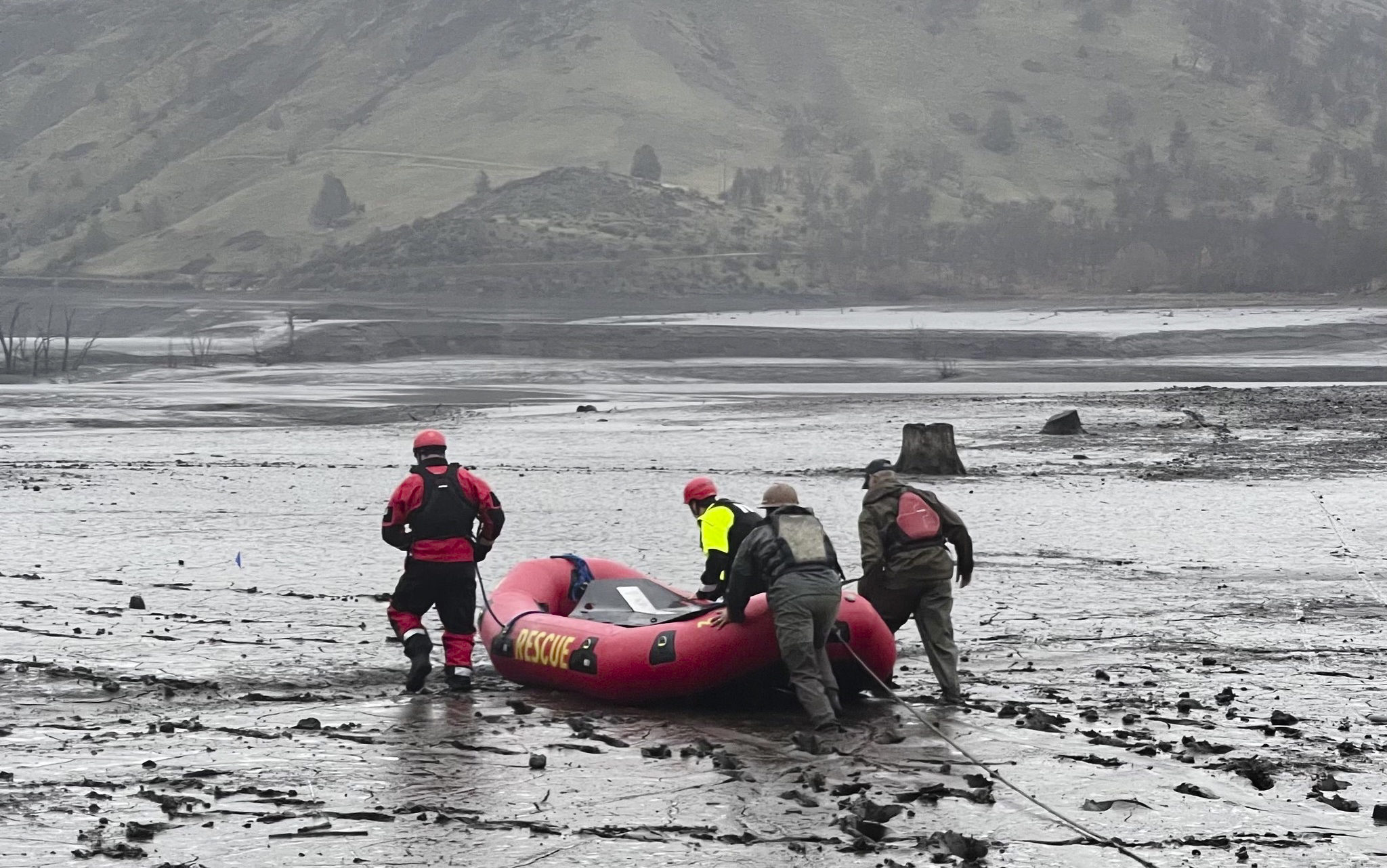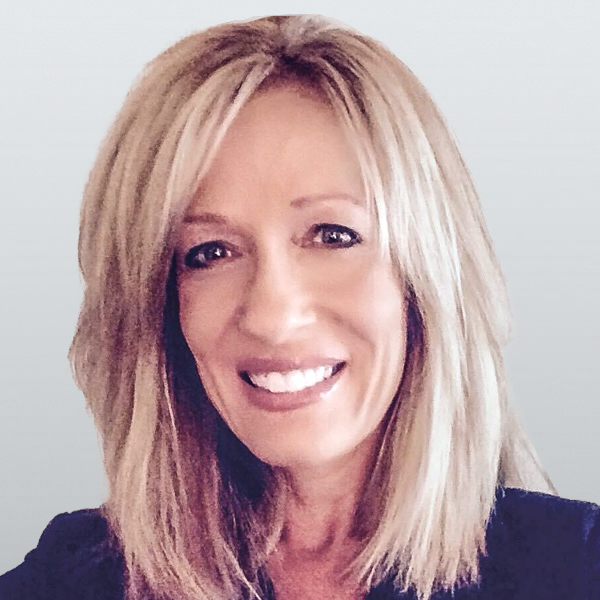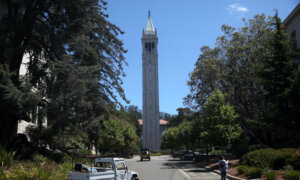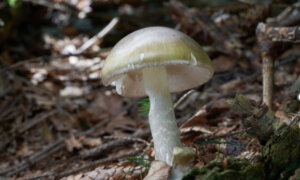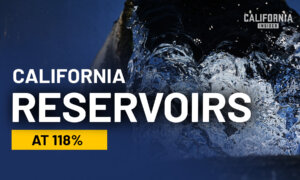Residents in the small lakeside community of Copco Lake, California, near the Oregon border, said they were in shock on Feb. 2 after watching a 100-year-old lake drain in a matter of days.
Over the course of five days, locals in the tranquil community watched their lake disappear and fish and wildlife die off as the water drained into the Klamath River.
Many of the 100 full-time homeowners who retired to live in the lakeshore cabins are finding themselves at the center of California Gov. Gavin Newsom’s quest to save the state’s salmon after decades of pressure from the Yurok Tribe in Northern California.
Removing four hydroelectric dams—including two at Copco Lake—on the Klamath River is a key part of the governor’s environmental strategy, released on Jan. 30.
Beginning Jan. 23, the company that owns the dams began to slowly drain one of them, along with two others on the river, which runs from Oregon to California, reaching the Pacific Ocean south of Crescent City. The first dam at the lake had been removed by September 2023.
The dams, built starting in 1918, were originally owned by PacifiCorp. They provided electricity to about 70,000 people in 2020, according to Stanford University.
The company was purchased in 2022 by the Klamath River Renewal Corporation, a nonprofit formed to oversee the removal of the dams and begin the restoration of the river.
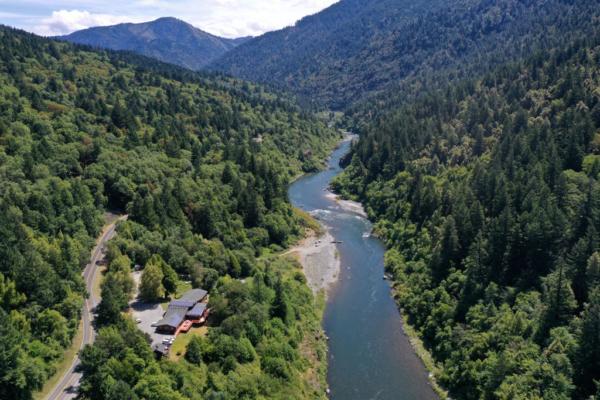
In an aerial view, the Klamath River flows by the Yurok Tribe tribal headquarters in Weitchpec, Calif., on June 9, 2021. (Justin Sullivan/Getty Images)
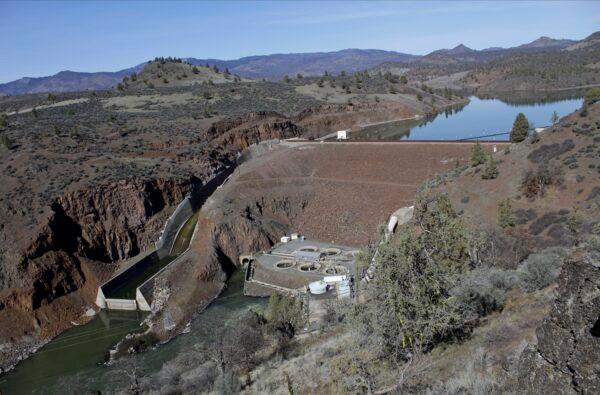
The Iron Gate Dam, which is set to be removed, on the lower Klamath River near Hornbrook, Calif., on March 3, 2020. (Gillian Flaccus/AP Photo)
Loss of Wildlife
Soon after the Copco Lake drawdown started, the water disappeared, along with many eagles, otters, and osprey. Even more upsetting for locals has been the drowning and shooting of local deer.
“It’s really shocking, and a lot of people are really upset about the deer drowning,” Copco Lake resident Francis Gill told The Epoch Times.
Mr. Gill serves as the town’s fire chief, is a realtor, and performs an assortment of other jobs for the tiny community. He also owns Copco Lake Store with his partner, Danny Fontaine, and they plan to reopen the closed establishment once river rafting and other activities draw tourists back to the area.
“A lot of the wildlife is vanishing,” Mr. Gill said. “I’ve seen a couple of eagles, but I haven’t seen them in the last couple of days. I used to see otters every day. All the warm-water fish in the lake have been killed off.”
About a dozen homes also lost water after two wells dried up at the deep end of the lake, according to Mr. Gill. The Klamath River Renewal Corporation and others have since provided water tanks and water to the affected homes.
Local wildlife has also suffered. So far, 10 deer have been lost, the California Department of Fish and Wildlife told The Epoch Times.
On Jan. 28, two became stuck in the muck left behind after the lake drained.
Hornbrook Fire Protection District Fire Chief Tim Thurner was one of two volunteer firefighters from the small district to answer calls to help save them after the California Fish and Wildlife requested help after they couldn’t unlock a gate to reach the deer.
Unfortunately, after the gates were unlocked, the struggling animals were found to be stuck in mud about 1,000 feet away.
“We made it about three-fourths of the way and decided it was just too dangerous,” Mr. Thurner told The Epoch Times. “We were running out of daylight and [California] Fish and Wildlife made the decision to dispatch both deer.”
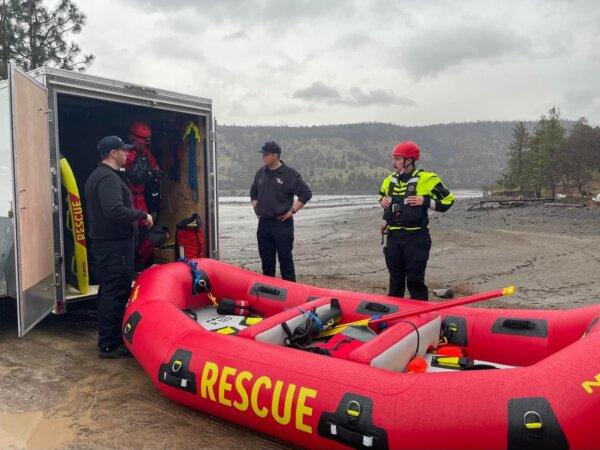
Volunteers attempt to rescue two deer that were stuck in mud in Copco Lake, Calif., on Jan. 27, 2024, after officials began draining the lake as part of a process to remove two dams. (Courtesy of Hornbrook Fire Protection District)
The next day, eight more became stuck in the same mud and died.
The fire district immediately ordered equipment to help rescue wildlife in similar situations in the future.
“I have not been called back out there yet, but I just know we are prepared in case it continues to occur,” Mr. Thurner said.
As the lake drained, the Klamath River also turned black as silt and muck washed into it, killing a number of fish.
“In my opinion, they’ve created an environmental disaster out of nothing,” Mr. Thurner said.
The state Department of Fish and Wildlife reached out to the Hornbrook Fire Protection District on Feb. 2, saying it planned to implement a wildlife management plan for the area, according to a Facebook post by the fire district, including increasing staffing wildlife surveys to detect trapped or otherwise affected wildlife.
The department is also planning to install deterrents in key locations where animals are likely to enter the depleted reservoir, according to the post.
Photos shared on social media show deer lying dead, upsetting residents and some who used to live at the manmade lake, including Al Russo, who lived in the area for 25 years and worked at two of the area’s powerhouses and dams.
Mr. Russo, whose family has owned two cabins around the lake over the years, said he now lives in Twin Falls, Idaho, and wonders what is happening to the Copco Lake that his family loved.
“We are sick to see what is happening to what was a fantastic place to live!” he wrote on Facebook.
The Klamath River Renewal Corporation said it expects more wildlife to be affected by the dam removal process this year, which will kill mostly non-native fish, including perch, bass, and catfish in the river, but, according to the company, some trout that lived in the reservoir could also die.
“We haven’t seen a significant number of dead fish yet, but as the reservoir changes to a river, and the river cuts into sediment, conditions will become intolerable for the fish remaining in the former reservoir area and most of them will perish,” Klamath River Renewal Corporation Spokeswoman Ren Brownell told The Epoch Times in an email.
However, the results should benefit the environment in the long run, she added.
“Please keep in mind that this is a short-term negative impact that will be offset by the long-term benefits to salmon runs that support culture and commerce along the river,” Ms. Brownell said.
The slow draining of the reservoirs behind the three remaining dams will last through spring, as spring run-off could refill the reservoirs somewhat, according to the company.
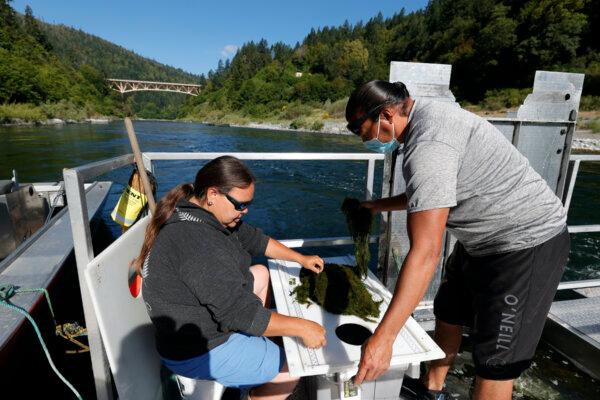
Two technicians with the Yurok Fisheries Department monitor fish captured by a rotary screw trap on the Klamath River in Weitchpec, Calif., on June 9, 2021. (Justin Sullivan/Getty Images)
Salmon Is ‘Way of Life’ for Yurok Tribe
Removing the dams is important to maintaining a “way of life” for the Yurok Tribe living in Del Norte and Humboldt counties in Northern California.
For generations, tribal members have depended on fishing for salmon in the Klamath River.
“Our whole way of life really revolved around salmon—preparing for the salmon, catching the salmon, eating the salmon, and selling the salmon,” tribal member and attorney Amy Cordalis told Epoch TV’s “California Insider.”
Tribal members also hold religious ceremonies that require bathing in the river, which became unsafe after toxic algae blooms began appearing every year, according to Ms. Cordalis.
“It completely takes away our ability to practice our way of life,” she said.
The Klamath River has only about 1 percent to 3 percent of the salmon that it used to have, according to Ms. Cordalis, who has advocated dam removals for 20 years.
Not only has the salmon population been reduced by the dams, but also the river has been polluted over the years by nearby agricultural projects.
“Fish just haven’t been able to survive that,” she said.
After a massive fish kill two decades ago, the tribe and other organizations began working with state and federal agencies to push the electric company to close the dams or help the salmon bypass the structures.
After careful analysis, the company decided removing the dams was more cost-effective than building fish ladders or other mitigation efforts, Ms. Cordalis said.
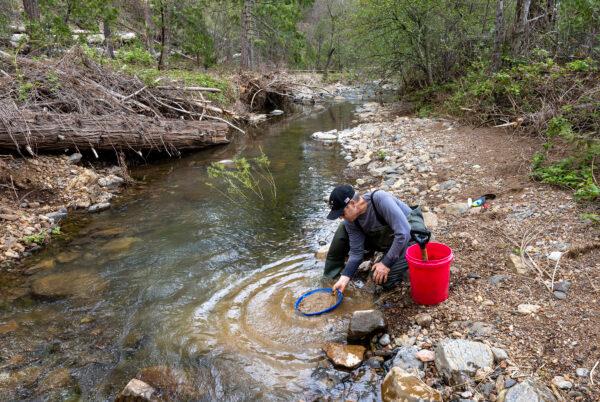
Kevin Bell, California director of Gold Prospectors of America, pans for gold in Moore Creek near Buck Meadows, Calif., on May 9, 2023. (Karl Mondon/Bay Area News Group/TNS)
New Opportunities for Gold Mining
Some Northern Californians have said they are looking forward to restoring the natural flow of the river and removing the dams could allow gold miners to mine sections of the river they couldn’t get to before.
Dickey Melton, a gold miner since 1966, said he remembers old timers talking about the days before the dam, when the river ran low during the summers. Miners and sawmill owners would fight over the water, he said.
Since then, the state has outlawed dredging in the river, a process that allows miners to suction up sediment from the bottom of the river to extract gold. Only hand panning is allowed.
When the dams are removed, Mr. Dickey said he expects the rivers to run low again, allowing him and others to pan parts of the river that have been underwater for the past century.
“We’re going to be able to roll boulders by hand,” Mr. Dickey told The Epoch Times. “We’re going to be able to get in the river to mine where we couldn’t before without a lengthy dredge. We’ll be able to mine legally.”
State and tribal officials have said they are also hoping to restore part of California’s history.
“Salmon are an integral part of our shared history in California. Some of my youngest memories were of seeing the iconic fish up close with my father when I was growing up—an experience all Californians deserve,” Mr. Newsom said in a press release on Jan. 30. “We’re doubling down to make sure this species not only adapts in the face of extreme weather but remains a fixture of California’s natural beauty and ecosystems for generations to come.”
The state is partnering with local tribes and native communities to restore the areas affected by the dam removals, reintroduce beaver populations, and return the salmon to their ancestral homes, the governor said in the press release.
Wiyot Tribal Chair Ted Hernandez said the plan is essential to the preservation of the tribe.
“The Governor’s Salmon Strategy is vital to the survival of our tribe, health of our people and continuation of the Wiyot Way of life,” Mr. Hernandez said in a statement. “We live in relationship to the land and our culture and way of life is dependent on access to native plants, animals, rivers, and the ocean.”
